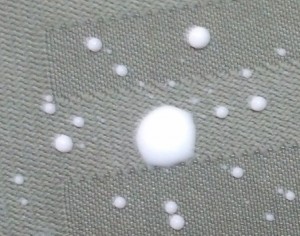
Dodge introduced a new version of its Ram 1500 pick-up truck at the Detroit Auto Show called the Ram Rebel. The are claiming that it’s not a competitor to the Ford Raptor: “It’s not, Ram told us, a competitor for the Ford Raptor; it’s more in line with the Toyota TRD pickups. If you want a Raptor fighter, call Mopar, they can set that up for you.” -Jake Lingeman Autoweek. But the Rebel’s standard features state by the CEO of Ram are, “RAM’S ‘NOT A RAPTOR COMPETITOR’ GETS MUD TIRES, LIFT KIT, TOW HOOKS STANDARD” -Bob Hegbloom CEO of Ram. These are some of the features that have made the Ford Raptor successful in its niche market, but Hegbloom is playing it off as if they were going to happen regardless of the influences from the Raptor.
Back in September of 2013, Jamal Hameedi, Ford’s global performance vehicle chief engineer said to motor trend reporter, Erick Avapana, “I’m actually quite shocked that competitors haven’t come out because we’re having a field day in the market with the only game in town”. Regardless of what Hegbloom says, they are clearly competing with what the market that the Ford Raptor has cleared in the Off-road racing world.
Autoweek’s Jake Lingeman’s article from Detroit Auto Show
Motor Trend’s Erick Avapan’s article on Raptor from 2013


